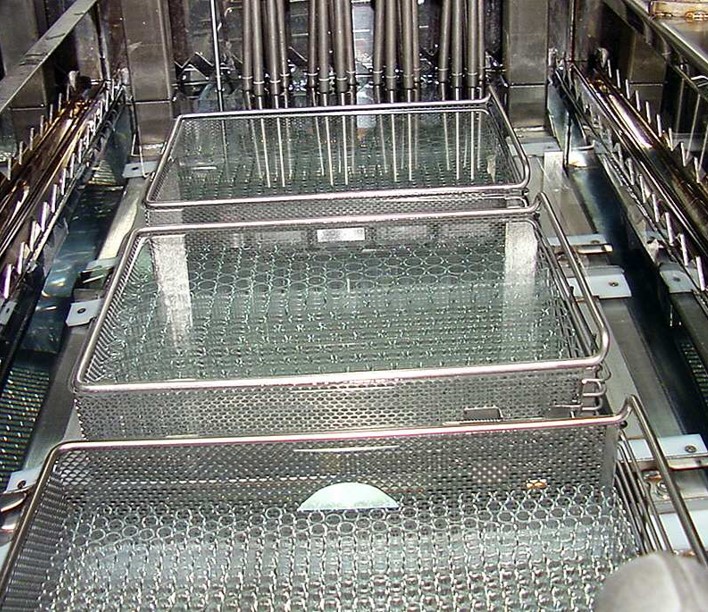EHS Aspects Of Parts Cleaning Chemicals

Did You Know
Conventional solvent cleaners
produce hazardous emissions
The capability to clean the parts has primarily driven the chemical cleaner’s technology in the past. With the enhanced focus on EHS (Environment, Health & Safety), the cleaning chemicals are more closely watched than ever.
One of the oldest methods, Solvent cleaning, is the one with maximum such challenges. While solvent evaporation provides advantages when dry parts are required, it also accounts for significant solvent losses during the application. Open top vapour degreasers commonly lose 60% of their solvent through evaporation. Dip tank, spray, and wipe-down cleaning all lose large amounts, or all, of the solvent through evaporation. Conventional solvent cleaners produce hazardous emissions that are prohibited or regulated by local pollution control boards. They not only affect the health and safety of operators but also the environment. DEAROMATIZED DEWATERING TECHNOLOGY in hydrocarbon cleaners are a safer alternative and can effectively remove part contaminations.
X-CLEAN cleaners
near-neutral pH solutions
for use in spray and ultrasonic applications
Open top vapor degreasers
commonly lose 60% of
their solvent through evaporation!!
A much safer & greener alternative is to use water-based or aqueous cleaners. There are three main types – acidic, alkaline & neutral. Acidic aqueous cleaning solutions mostly contain mineral acids (nitric, sulfuric, phosphoric, hydrofluoric), chromic acids, or organic acids (acetic or oxalic) & can remove rust and scale. But in an uncontrolled environment, flash rusting & hydrogen embrittlement is a strong possibility. These acids are very aggressive on non-ferrous metals as well. Magnesium can be affected by slightly acidic cleaners, especially those containing chlorides. These chemicals are corrosive to the skin and extremely harmful to more sensitive areas of the body, especially the eyes.
Alkaline aqueous cleaners are cleaning solutions with a pH of 8 to 14. A common inhibitor to protect substrates in such chemicals involves the use of silicates. These materials require very careful rinsing to prevent problems with later painting or plating operations. Alkaline solutions need a high degree of neutralizing with acids in the ETP process before discarding. Alkaline aqueous cleaners can clean mild and stainless steel, but they cause flash corrosion on many other metal surfaces.
Safety issues involve the process equipment primarily. The equipment design must be suitable to operate in an alkaline environment where exposure to water mists or sprays does not cause electrical hazards.
Neutral aqueous solutions have near-neutral pH solutions that are excellent for use in spray and ultrasonic applications. These chemistries are also suitable for organic soils and particulate removal of chlorides or other salts and organic soils. Most equipment types are either compatible or adaptable with a minimum of effort to use neutral aqueous chemistry. X-CLEAN aqueous cleaners with their superior fluid dynamics can work without foaming even at high pressures and ease the 5S maintenance on the shop floor. The critical differentiator in such cleaners is also corrosion protection properties & a wide range of compatibility with part metallurgies.




